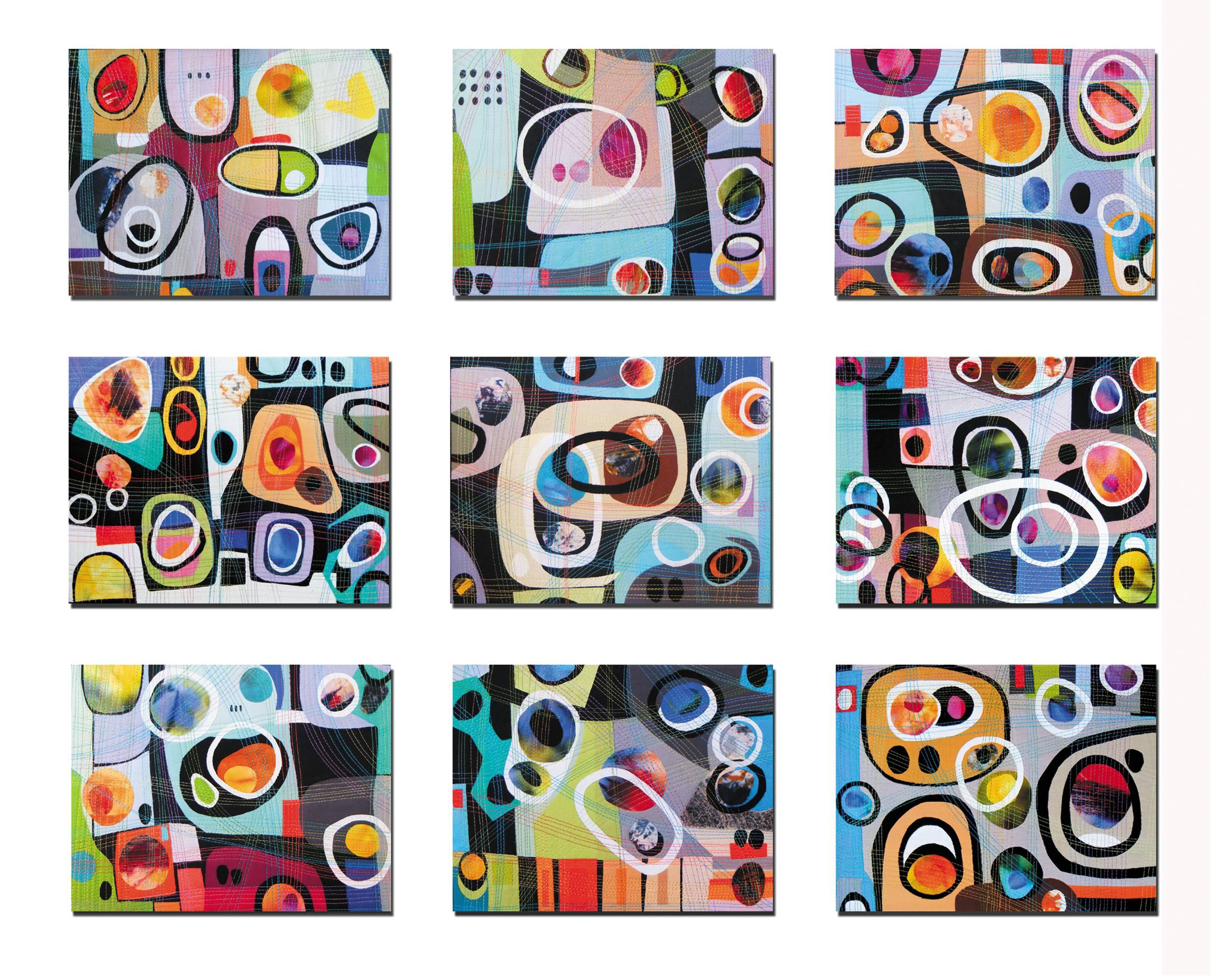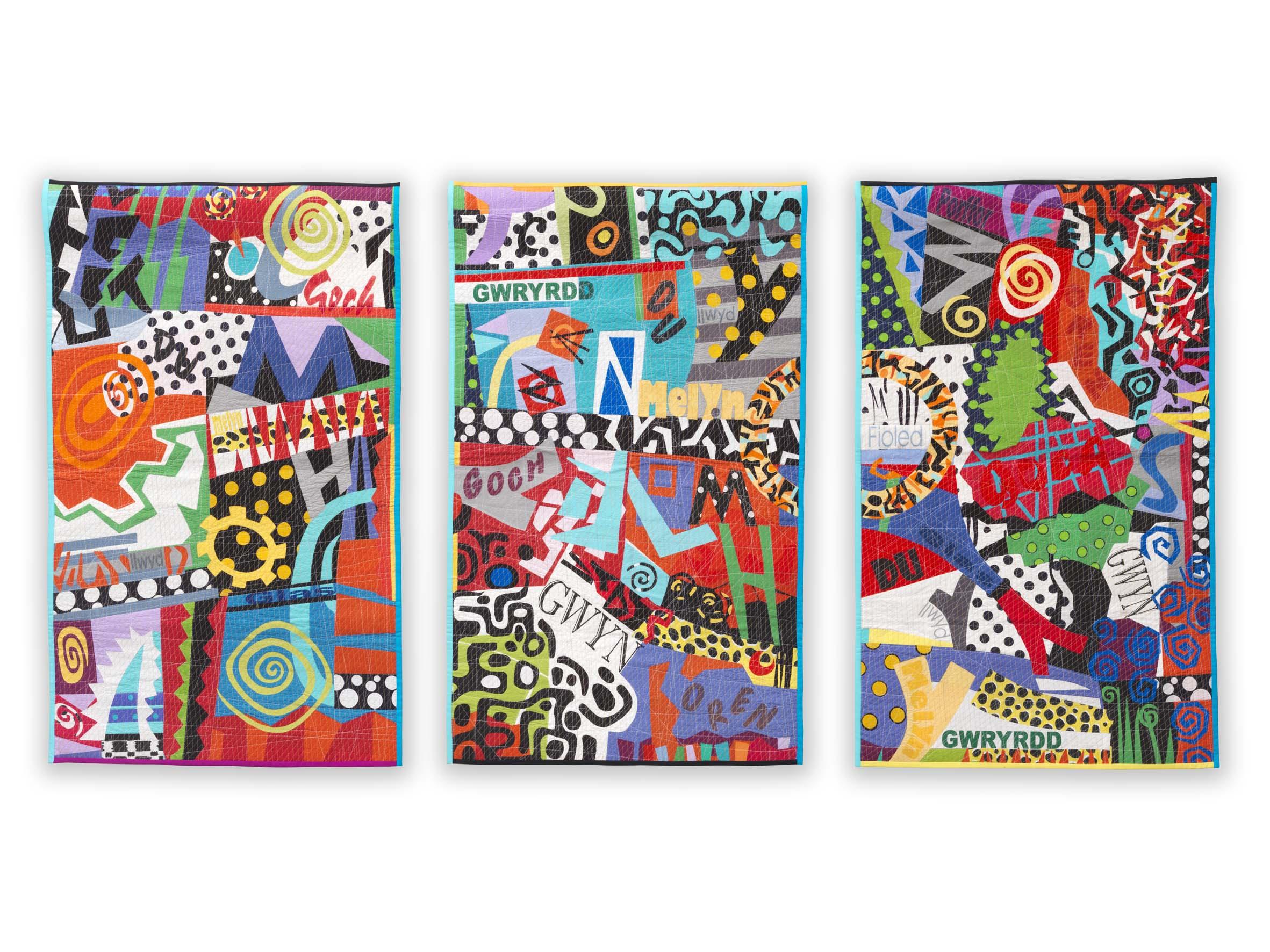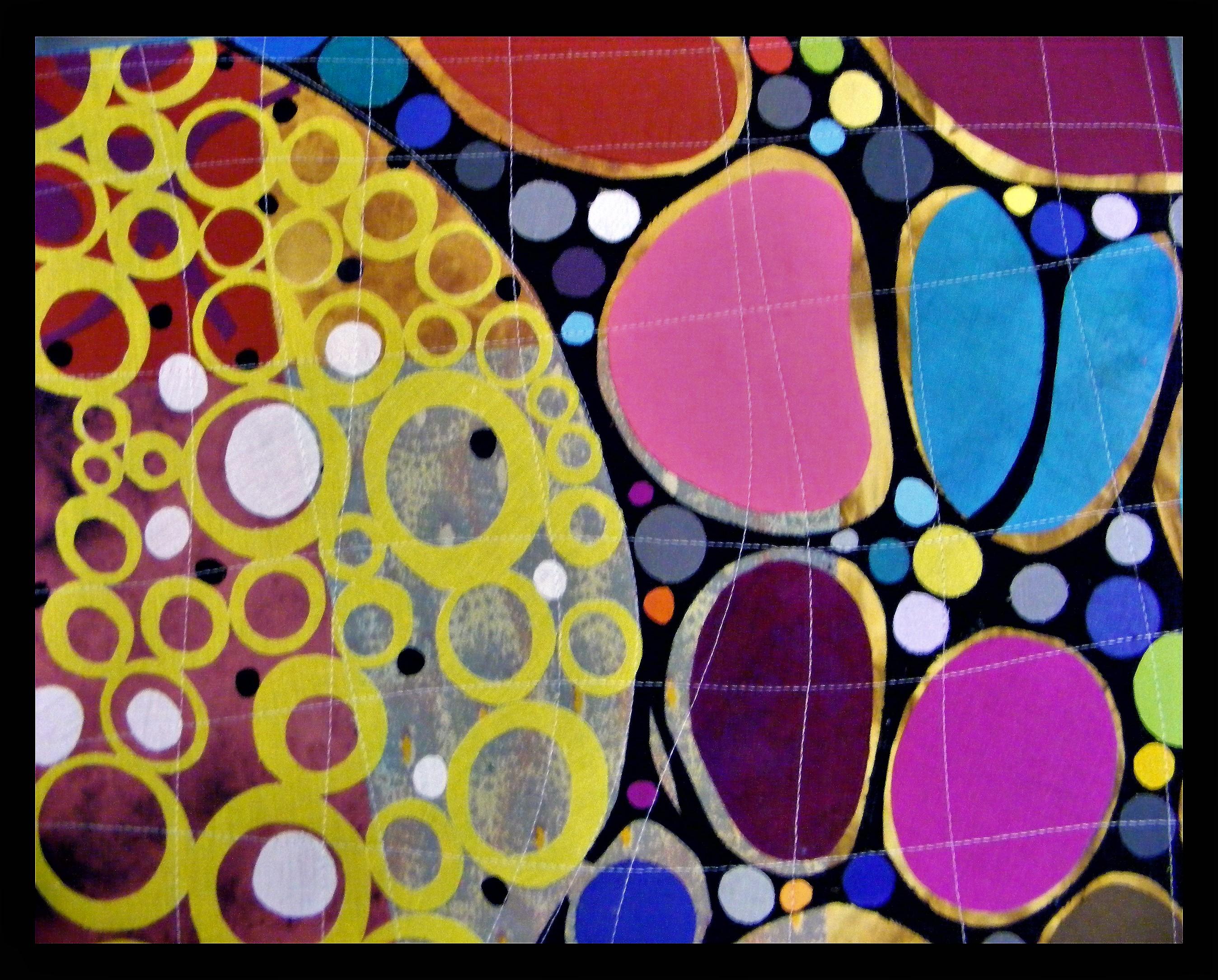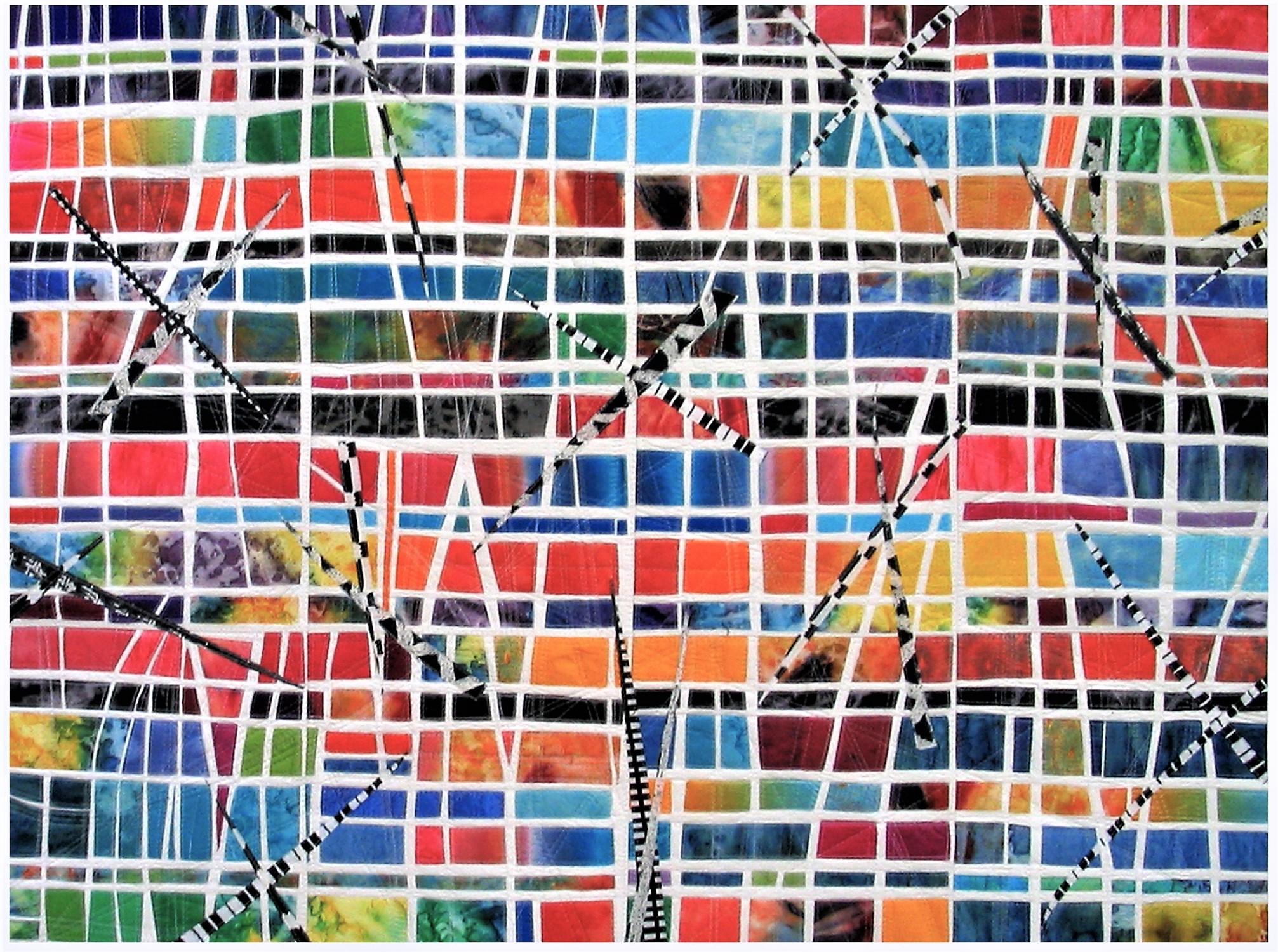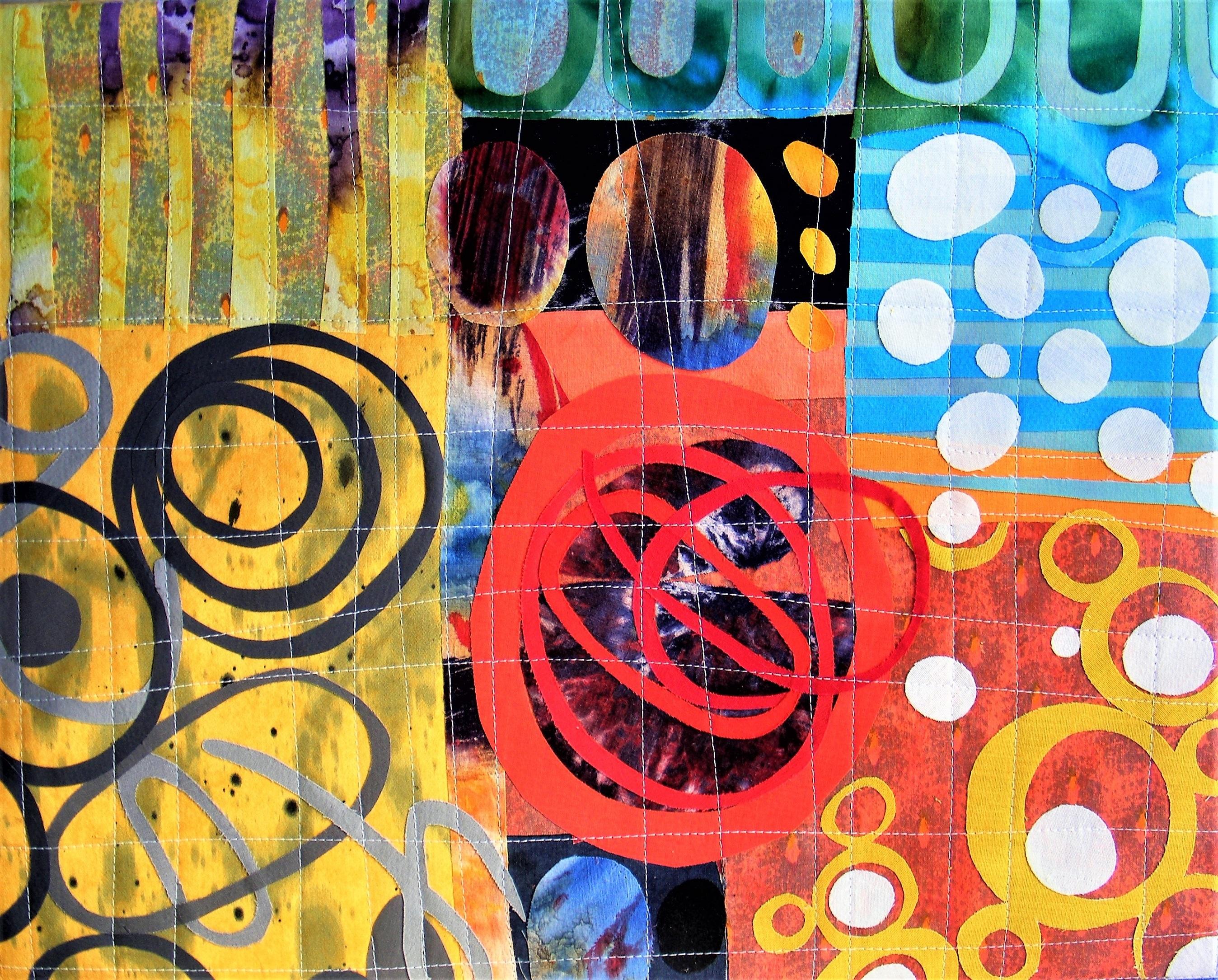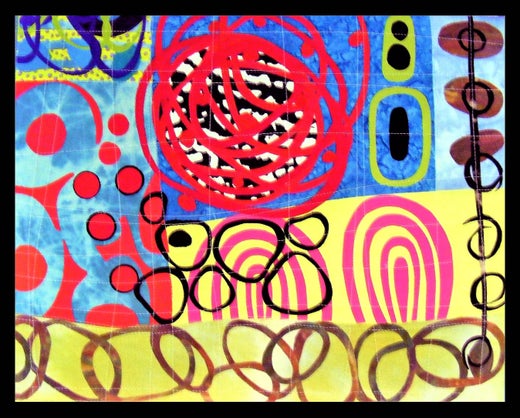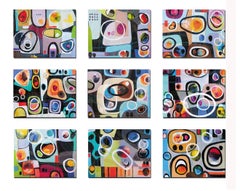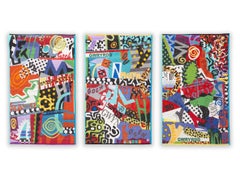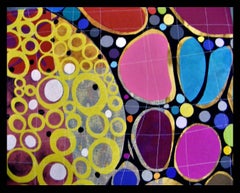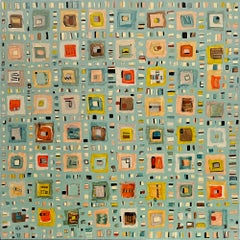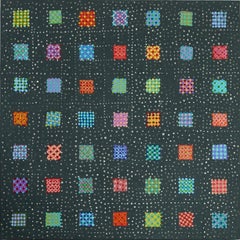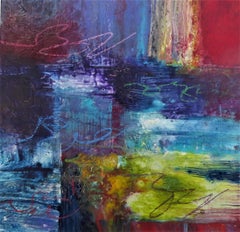Bethan AshSuburbia, Contemporary Quilt2020
2020
About the Item
- Creator:Bethan Ash (British)
- Creation Year:2020
- Dimensions:Height: 16 in (40.64 cm)Width: 20 in (50.8 cm)Depth: 0.5 in (1.27 cm)
- Medium:
- Movement & Style:
- Period:
- Condition:
- Gallery Location:Brecon, GB
- Reference Number:Seller: BA151stDibs: LU1897349542
Bethan Ash
Bethan Ash is a British textile artist, living and working in Neath, South Wales. She is a professional quilt maker and teacher, with a background in fashion design. She has exhibited widely and her work has been bought by museums, in the UK and the USA, including the Museum of Arts and Design, in New York. She is a member of the prestigious International Quilt Art Group. Her work is strongly influenced by social and political culture and she is inspired by urban and natural forms. Mixing a combination of social issues and abstract ideas, Bethan fuses fabrics to make a collage, which is liberating for its freedom and color expression.
- ShippingRetrieving quote...Shipping from: Brecon, United Kingdom
- Return Policy
More From This Seller
View AllEarly 2000s Contemporary More Art
Fabric
Early 2000s Contemporary More Art
Fabric
2010s Folk Art Mixed Media
Fabric
2010s Folk Art Mixed Media
Fabric
2010s Folk Art Mixed Media
Fabric
2010s Folk Art Mixed Media
Fabric
You May Also Like
Artist Comments
Artist Terri Bell exhibits a series of organic shapes in varying sizes combined to create a double grid. She presents each abstract form as a unique design el...
21st Century and Contemporary Abstract Mixed Media
Mixed Media
Artist Comments
A vibrant modern abstract featuring a uniform framework by artist Terri Bell. The dark grey background is covered with a grid pattern in small white spheres. ...
21st Century and Contemporary Contemporary More Art
Mixed Media
21st Century and Contemporary Paintings
Acrylic
1990s Mixed Media
Textile, Mixed Media
21st Century and Contemporary Contemporary Mixed Media
Paper, Mixed Media
Artist Comments
"This modern abstract painting is an ode to the square," shares artist Terri Bell. Multi-colored squares outlined in black dance on top of a gray background, ...
21st Century and Contemporary Abstract Mixed Media
Mixed Media
